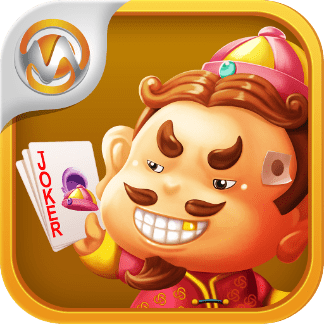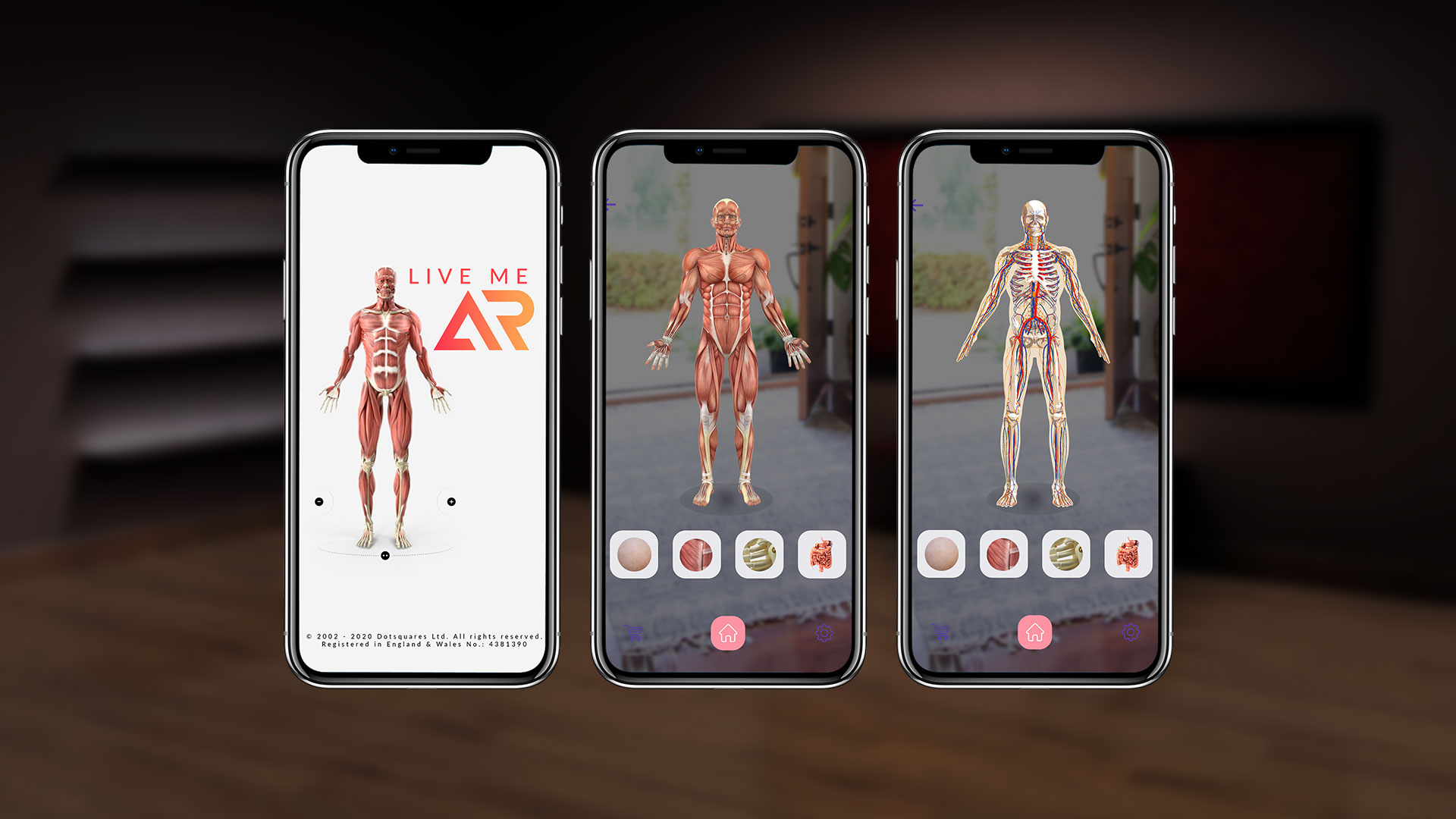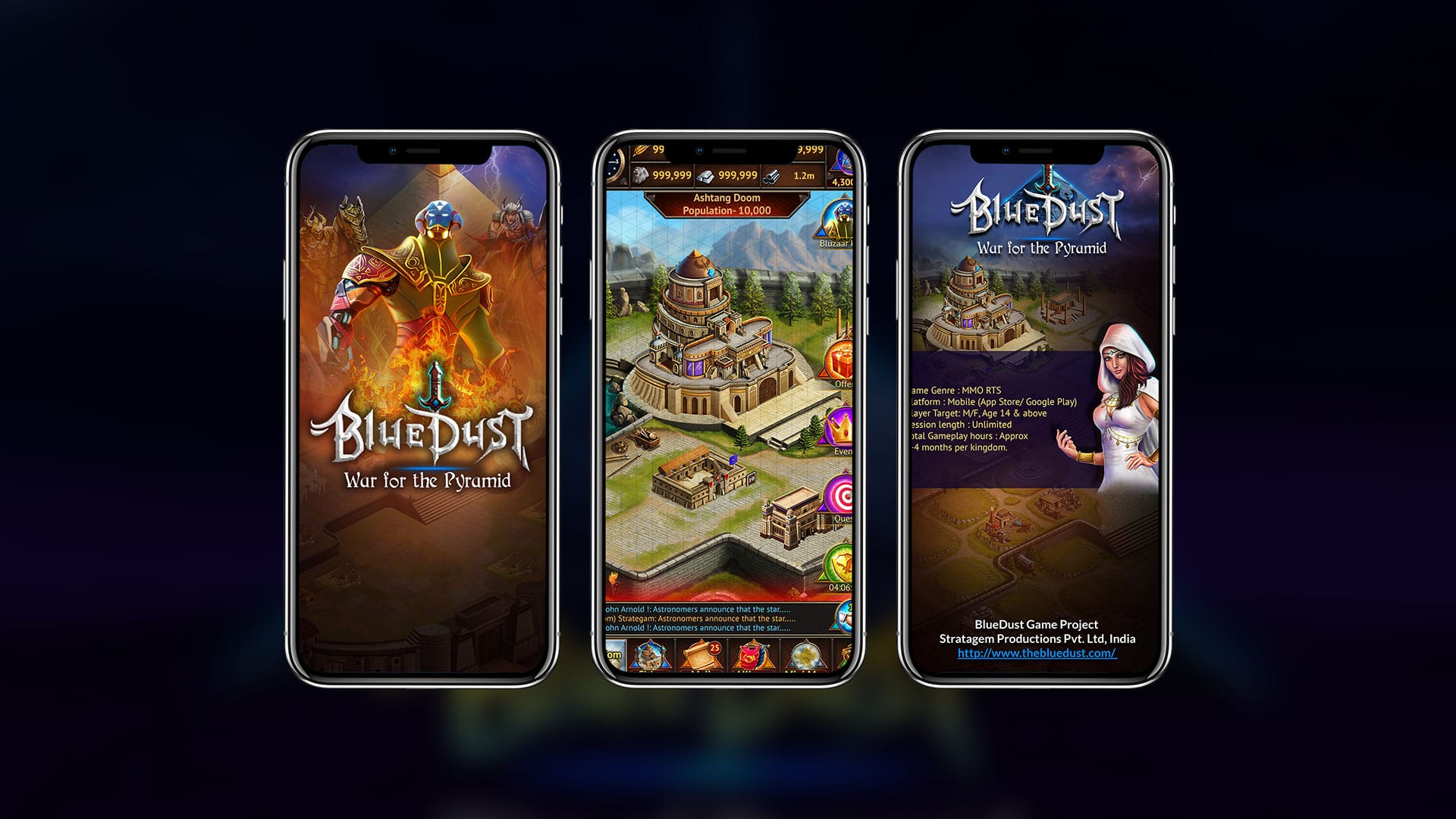The Art of Game Design
Game design is crafting engaging and immersive experiences that captivate players and keep them coming back for more. It involves a blend of creativity, technical skills, and an understanding of player psychology. Successful game design encompasses various elements that work together harmoniously to create a cohesive and enjoyable game. This blog delves into the major game design elements and their importance in creating memorable gaming experiences.
Why Successful Game Design Matters
Successful game design is crucial for several reasons:
Player Engagement: Well-designed games keep players engaged and invested in the gameplay. They provide a sense of achievement and progression that encourages players to continue playing.
Replayability: Good game design ensures that players have reasons to return to the game, whether through compelling storylines, challenging levels, or social interactions.

User Experience: A well-designed game offers a seamless and enjoyable user experience, minimizing frustration and maximizing fun. This includes intuitive controls, balanced difficulty, and visually appealing graphics.
Market Success: In a competitive market, successful game design can be a key differentiator that sets a game apart from its competitors. It can lead to positive reviews, word-of-mouth recommendations, and higher sales.
Core Game Design Elements: Building the Foundation
Mastering Gameplay Mechanics: The Heartbeat of Your Game
The core mechanics define how the game is played. This includes rules, objectives, player actions, and the interaction between game elements. Effective mechanics are intuitive, and engaging, and provide a balance of challenge and reward.
Crafting Compelling Narratives: Story and Immersion
A compelling story can greatly enhance a game, providing context and motivation for player actions. It includes the plot, characters, dialogue, and world-building elements that create an immersive narrative experience.
Level Design Mastery: Creating Engaging Game Worlds
The design of game levels impacts the pacing and progression of the game. Well-designed levels introduce new challenges, guide players through the game world, and provide a sense of accomplishment. They balance exploration, combat, puzzles, and narrative elements.
Visual and Audio Brilliance: Enhancing Player Experience
The visual and audio elements of a game create its aesthetic and mood. This includes character design, environment art, sound effects, and music. High-quality visuals and audio can greatly enhance immersion and emotional impact.
Seamless UI/UX: Designing for Intuitive Play
The UI includes menus, HUDs, and control schemes, while the UX focuses on the overall player experience. A well-designed UI/UX is intuitive, easy to navigate, and enhances the gameplay experience without causing frustration.
Progression and Rewards: Keeping Players Motivated
Game progression systems, such as leveling up, unlocking abilities, and earning rewards, keep players motivated. These systems provide a sense of achievement and incentivize continued play.
Multiplayer Magic: Facilitating Social Interaction
For multiplayer games, design elements that facilitate social interaction, cooperation, and competition are crucial. This includes matchmaking systems, communication tools, and social features like leaderboards and guilds.
Bottom Line
The art of game design is multifaceted, requiring a deep understanding of various elements that contribute to a cohesive and engaging experience. From core mechanics and narrative to visual design and player progression, each element plays a vital role in creating a successful game. By mastering these design principles, developers can craft games that not only entertain but also resonate with players on a deeper level. As the gaming industry continues to evolve, the importance of thoughtful and innovative game design becomes ever more apparent. Whether you are an aspiring game designer or a seasoned professional, understanding and applying these fundamental elements can elevate your work and contribute to the creation of unforgettable gaming experiences.















